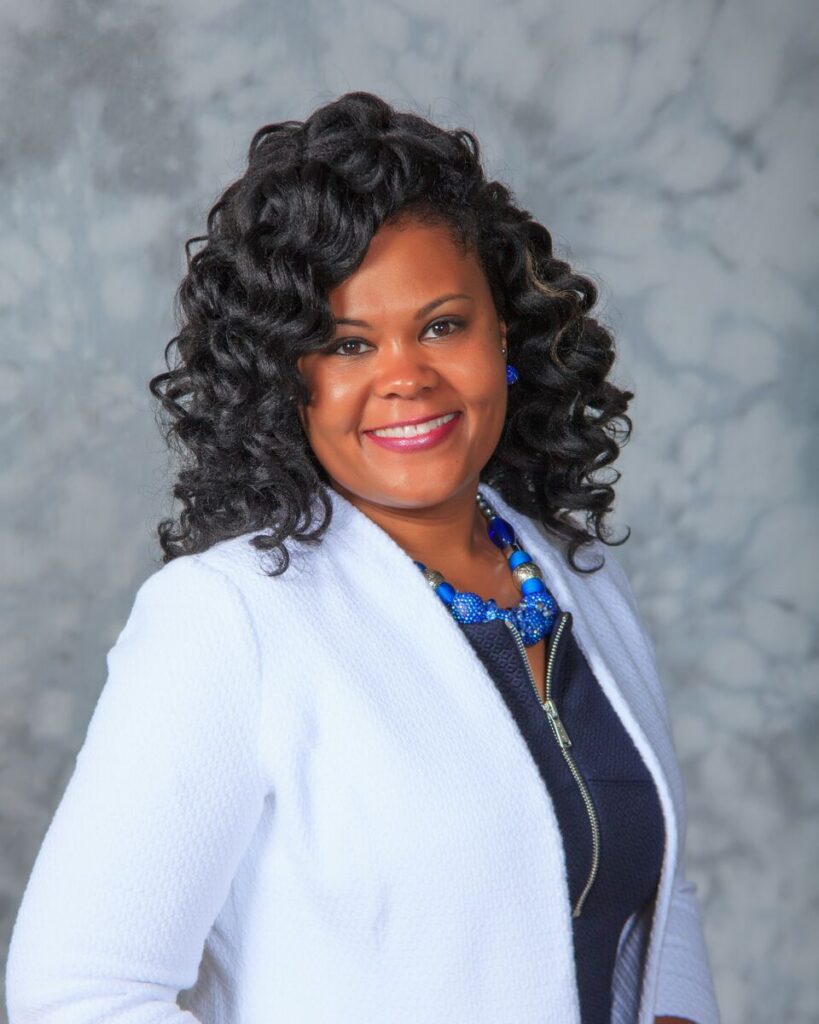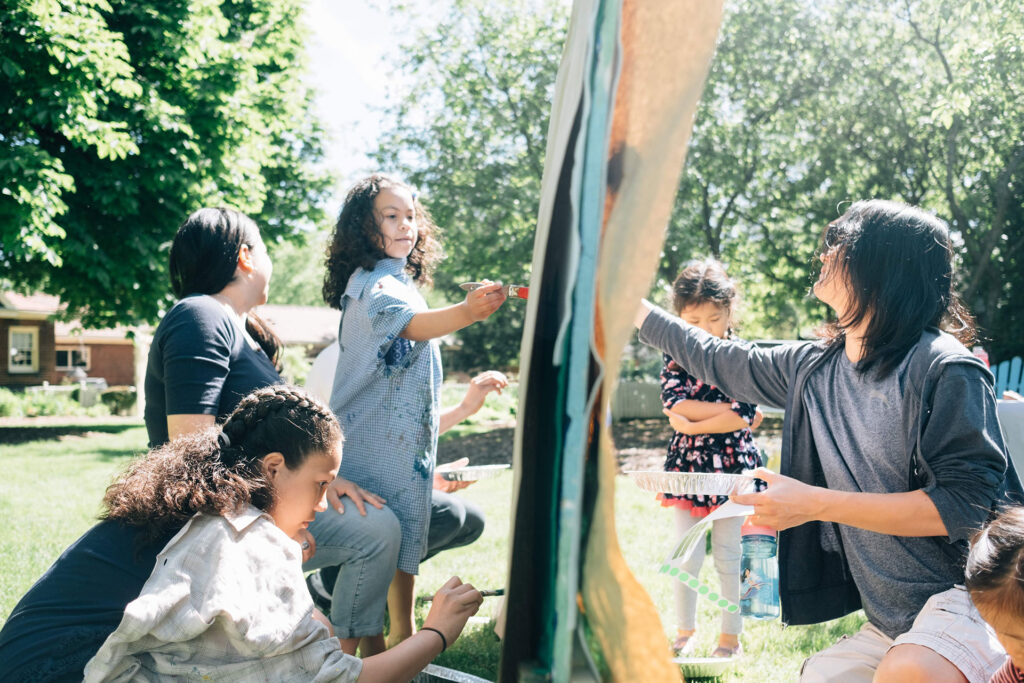Culturally Responsive and Sustaining Education (CRSE) isn’t just a mindset or method of instruction. It’s a holistic approach to both the system and the practice of education.

Dr. Tyra Good is Assistant Professor of Practice in Education and Liaison, Equitable School District and Community Partnerships at Chatham University. She is also the Founder of GOOD Knowledge Connections, LLC.
According to Dr. Good, CRSE is a framework that involves teachers, students, and—yes—community members in expanding opportunity for more engaging, relevant, and equitable learning.
Teachers, both pre-service and in-service, need to be grounded in the realities of working in an education system that is part of the social and racial inequities pervading our society, not separate from them. Equipping educators with the knowledge, skills, dispositions, and experiences they need to embrace and apply CRSE in their classrooms is where awareness of inequity can tip over into teaching for justice.
Students, especially Black, Brown, Indigenous, and students of color, need to be affirmed in their identity and experience, so that they can realize their fullest potential. Students experience CRSE when their learning in school and out-of-school time enables them to explore and form their identity in relation to their history, community, and their potential as agents of change.
We talked with Dr. Good to learn more about CRSE, both in concept and in practice.
What brought you to this work for culturally responsive and sustaining education?
I first came to teaching through social justice work in the after school world. I started fighting for parents and kids. My experience working on the outside of systems to make change led me to find ways to work on this inside. I was studying for an MBA and I switched to an MAT, a Master of Arts in Teaching.
Everything I do is focused on creating opportunities for students with my similar background, so my approach to culturally sustaining pedagogy is about teaching and learning for justice.
Can you say more about the connection between CRSE and justice?
One of the big ideas in everybody’s mind about education is the achievement gap. So basically, why are white students achieving academically higher than Black and Brown students?
But when you look at it, it’s not really an achievement gap, but an opportunity gap. So the question we should be asking is “Why are some students afforded more opportunities for success and what can we do about that?”
Public education should be equitable by providing every student what they need to be academically successful. A child shouldn’t need super knowledgeable and engaged parents that are able to navigate the education system to make ensure that they receive the best education. It should be a given, not earned or privileged.
And that’s where teachers come in?
Yes, Pre-service teachers are not being prepared to re-imagine education, let alone to Remake Learning. Teacher preparation programs should be at the forefront of this paradigm shift.
I work with Pre-service and in-service teachers by assisting in the development of their culturally responsive and sustaining teaching pedagogy at the nexus of creating equitable school-family-community partnerships.
Educators need to explore their stereotypes and biases in safe and brave environments, explore the racialized history of the opportunity gap, and learn about students impacted by poverty and race so they can create solutions to eradicate the inequities they produce.
Practically speaking, how can educators start to incorporate CRSE approaches?
First, ask yourself who is the learner you have in mind? Who are you teaching? Where are they coming from? Yes, learning should be organic, exploratory and inquired-based; however, your instruction must be strategic and intentional.
Educators can co-design the syllabus or unit project with their students to make sure the class is culturally responsive and learner-centered. Give students the opportunity and creative freedom to choose learning road maps and final projects that align with their interests and highlights their skills. You can integrate personalized learning and still meet the learning objectives and required standards. In fact, engaging students through CRT can allow you to exceed beyond your prescribed learning goals.
I create opportunities and assignments that support student learning to expand beyond the four walls of the classroom and building. The students can share their GOOD Knowledge globally and connect with other educational leaders, social justice causes, and platforms that interest them.
A lot of your work focuses on diversifying the teaching profession. Where does that come in?
I previously served as the University Liaison for the Pittsburgh Urban Teaching Corps (PUTC) Residential Program that was designed as a culturally responsive approach to diversify the teaching pipeline.
There is a lack of diversity in the teaching profession, especially in comparison to the student body population.
Educators of Color are not only GOOD for Students of Color, but to all students. Diversity brings different perspectives and lived experiences to working environments and problem solving.
My focus is Urban Education, and I teach through a social justice lens that addresses issues of educational inequalities.
This past summer, I taught a dual enrollment course in partnership with Neighborhood Learning Alliance and the Learn and Earn Program. Over 17 African-American high school students took my Perspectives in Education Course. We discussed different aspects of the School-to-Prison Pipeline and they presented research posters at the Center for Urban Education’s Summer Education Conference. The students read Dr. Bettina Love’s new book, We Want to Do More Than Just Survive: Abolitionist Teaching and the Pursuit of Education Freedom, and we discussed the importance of diversifying the teaching profession.
A few of my former African-American students and mentees worked with me to co-teach the course.
It’s so meaningful to put Black educators in front of Black and Brown students who might go on to become educators themselves. It broadens the concept of who teachers are and what it means to be an educator. We’re saying “We need you in these spaces.”
Why is this important?
As the leaders in this field—teachers, adults, people with degrees—if we’re really serious about reaching all students and families, then our approach has to change. That’s where culturally sustaining pedagogy comes into play.
There are disconnects everywhere within the system, so if we’re really thinking about building something that’s culturally relevant and an ecosystem that can sustain itself, all these different parties need to be able to talk and collaborate.
So no matter where we’re at, we all have a responsibility for practicing culturally sustaining engagement.
Also, it’s important to remember that culturally relevant, responsive, reality, and sustaining aren’t code phrases for teaching Black and Brown students. Everyone has culture and it is created everywhere. We want to create and sustain culture through a social justice lens—a culture that connects people to an equitable experience that continues to build, yet recognizing and centering our unique individual differences.
It is not erasure.
Ready for more? Follow Dr. Tyra Good on:
Twitter: @tyrathegooddr / #GOODScholars
Instagram: @tyrathegooddr
Facebook: Dr. Tyra Good
LinkedIn: Dr. Tyra Good
